
Switching your cat to a self-cleaning litter box can be a life-changer, offering both convenience and improved hygiene for you and your feline friend. However, this transition comes with its own set of challenges. The key to a smooth transition is understanding your pet’s behaviors and preferences and gently guiding them to embrace their new toilet.
In this guide, we'll provide a step-by-step approach to teach you how to get cat to use automatic litter box and answer common questions about self-cleaning litter boxes. Whether you use or are considering purchasing a Neakasa open-top automatic litter box or other models, patience and persistence are essential for a successful transition.
Potential Challenges of Automatic Litter Boxes
Some cats are very receptive to new or high-tech litter boxes, but others may find these self-cleaning litter boxes intimidating and may not dare to approach or use them.
Initial Fear and Adjustment Period
One of the primary challenges with automated cat litter boxes is that some cats may initially be fearful of the new device. The unfamiliar mechanical noises, movements, and overall change in their environment can cause anxiety or stress. Cats are creatures of habit and can be sensitive to changes in their surroundings. The sound of the self-cleaning mechanism, especially if it is loud or startling, may deter them from using the litter box.
To mitigate this, it's crucial to introduce the automated litter box gradually and provide plenty of positive reinforcement to help your cat adjust.
Size and Accessibility Issues
Automatic cat litter boxes are available in enclosed litter box and open litter box. Not all automatic litter boxes are designed to accommodate cats of all sizes. Some models may be too small or have entry points that are difficult for larger or elderly cats to access. This can discourage use and lead to litter box avoidance.
It's important to choose a model that offers ample space for your cat to comfortably enter, turn around, and dig. For multi-cat households, consider the size of each cat and ensure the box can accommodate them comfortably, which may involve opting for larger or multiple units.
Litter Compatibility and Maintenance
Another potential issue is the compatibility of the litter type with the automatic litter box. Not all litters, including some clumping litters, work well with self-cleaning mechanisms; some may not clump properly, while others can cause clogs or jams in the machinery. Most self-cleaning cat litter boxes recommend using cat litter that clumps well and quickly.
It’s essential to use the type of litter recommended by the manufacturer to ensure optimal performance. Additionally, while automatic litter boxes reduce the frequency of manual scooping, they still require regular maintenance. The waste receptacle needs to be emptied, and the unit cleaned periodically to prevent odor buildup and mechanical issues. Neglecting these maintenance tasks can lead to a less effective system and a less pleasant environment.
Power and Electrical Concerns
Automatic litter boxes require a power source, either through batteries or direct plug-in. This reliance on electricity can be a drawback in the event of power outages or if the unit is placed in an area without easy access to an outlet. Furthermore, ensuring that the cords are safely managed to prevent your cat from chewing on them or tripping over them is an additional consideration. Some units also have sensors or motors that can malfunction, leading to disruptions in operation or safety concerns.
By understanding these potential challenges and being prepared, you can make more informed decisions and take proactive steps. If any of these challenges resonate with you, don’t despair, we will provide step by step guide to help your cat transition smoothly to using an automatic litter box.
Step by Step Guide: How to Get Your Cat to Use New Self-cleaning Litter Box
What's the most important part of getting your cat used to a new self cleaning cat litter box? Time and patience. The training process can take a few days or even a few weeks. But if you stick with it, an automatic litter box could significantly improve both your and your cat's lives.
1. Leave the old litter box in place and position the new one nearby, but don't plug it in yet. Some cats may be curious and explore the new box right away, while others may hesitate due to fear. Avoid coaxing your cat into the new box; her curiosity will eventually overcome her fear.
2. Add a small amount of the old litter to the new litter box so your cat can recognize the familiar scent and understand the new box's purpose. Alternatively, switch the litter in the old box to the same type used in the new self-cleaning litter box (the litter you currently use may not be compatible with the new self-cleaning litter box).
Make this change gradually, replacing about 1/4 of the litter every week or two. This way, your cat won't have to adjust to a new box and new litter simultaneously.
3. Keep the old litter box slightly dirty while the two boxes are available. To encourage your cat to choose the new automatic litter box, keep it clean, while allowing some waste to accumulate in the old box. Cats typically avoid dirty litter boxes, so this approach may make the clean self-cleaning box more appealing.
4. When your cat starts using the new box, clean it like a regular litter box without plugging it in, or set it to start automatically after a while. Leave the old box available during this period as well.
5. Once your cat has become accustomed to using the new automatic box, it's time to introduce the self-cleaning feature. Initially, keep this feature off or set it to run when your cat is not around to avoid startling her with unexpected sounds or movements.
Observe your cat's reaction to the self-cleaning mechanism. If she seems anxious or scared, activate the feature when she is in another room to help her gradually get used to the sounds and movements.
6. After your cat has been using the new automatic litter box, and keep it plugged in for a while, you can start phasing out the old box. Gradually reduce its use by moving it to a less convenient location or keeping it less clean.
Monitor your cat's behavior closely during this time to ensure she's fully adjusted to the change. If any signs of stress or avoidance appear, slow down the transition and provide more time for adjustment.
7. Positive reinforcement is crucial during this transition. Reward your cat with treats, praise, or affection whenever she uses the new self cleaning litter box. This helps create a positive association with the new setup. Be patient, as each cat adapts at her own pace. Some may adjust quickly, while others may take several weeks. Persistence and encouragement will aid in a successful transition.
While this process may seem complex, following these steps and paying attention to your cat's reactions can ensure success. This not only enhances convenience for you but also improves your cat's overall comfort and happiness.
Explore the Advanced Features of Our Neakasa M1 Automatic Litter Box
After learning how to smoothly transition your cat to an automatic litter box, we’d like to introduce you to a great option: the Neakasa M1 self-cleaning cat litter box. Here are the features that make our product stand out.

Open-Top Design for Comfort and Accessibility
The Neakasa M1's open-top design provides a spacious and comfortable environment for cats, making it easy for them to enter and exit. This design is especially beneficial for larger or older cats.
Quiet and Efficient Self-Cleaning Mechanism
Equipped with advanced sensors, the Neakasa M1 automatically cleans the litter box after use, quietly sifting and removing waste to a sealed compartment. The quiet operation ensures that the cleaning process doesn't startle your cat, helping them feel more comfortable and secure.
Advanced Odor Control System
The litter box features a built-in odor control system that includes a deodorizing filter to neutralize smells, keeping your home fresh. The sealed waste compartment ensures that odors are effectively contained and reduces odor overall. This feature is especially useful in multiple cat households where odor management can be more challenging.
Safety Features
The Neakasa M1 includes safety sensors that prevent the self-cleaning mechanism from activating when your cat is inside or nearby, ensuring their safety. The materials used are non-toxic and durable, providing a safe environment for your pet.
The Neakasa M1 automatic litter box offers a comprehensive solution for maintaining a clean, odor-free environment for both cats and their owners. The combination of comfort, efficiency, and safety makes it an excellent choice for those looking to upgrade their cat care routine with the latest in litter box technology. Shop Neakasa M1 Now!
FAQs About Automatic Litter Box


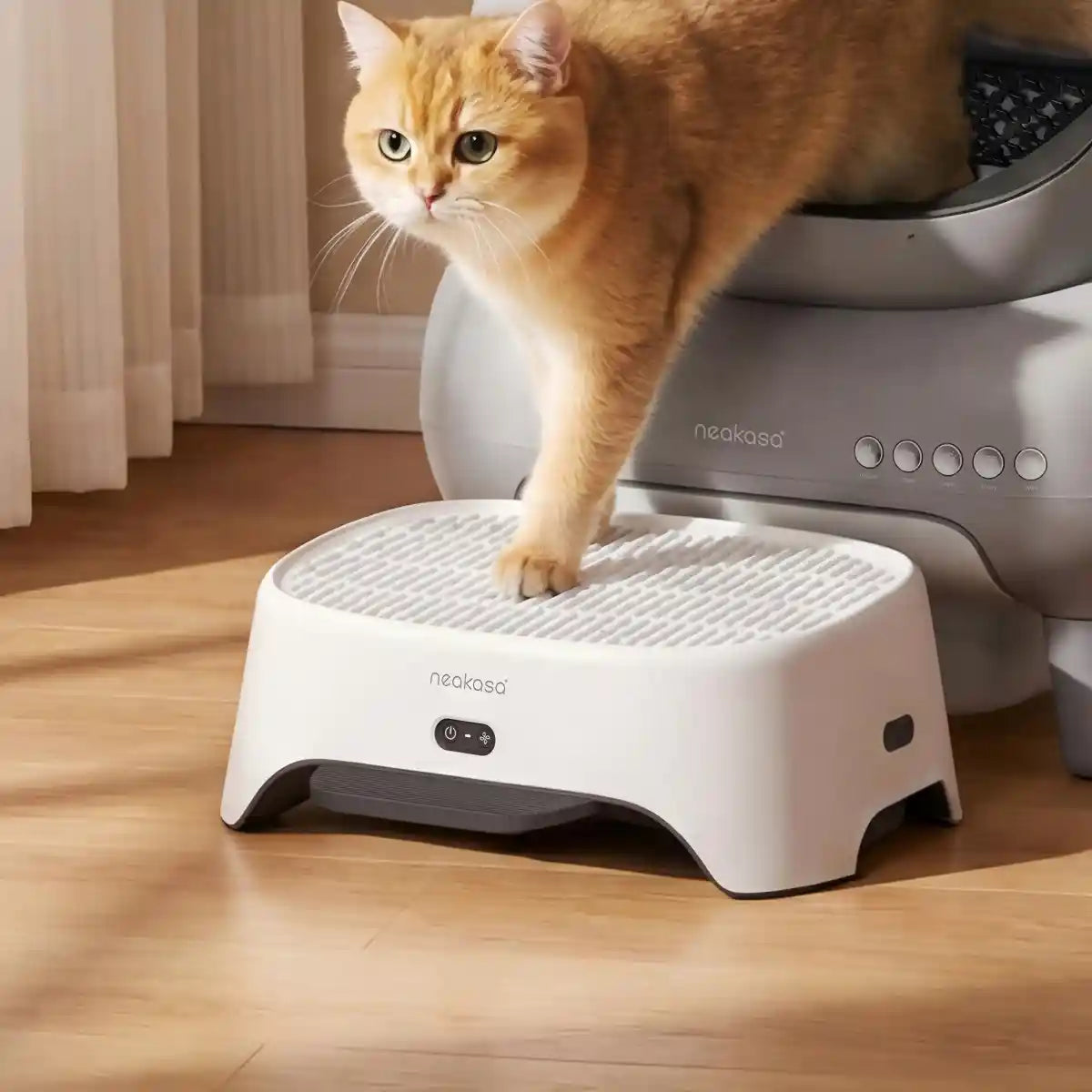
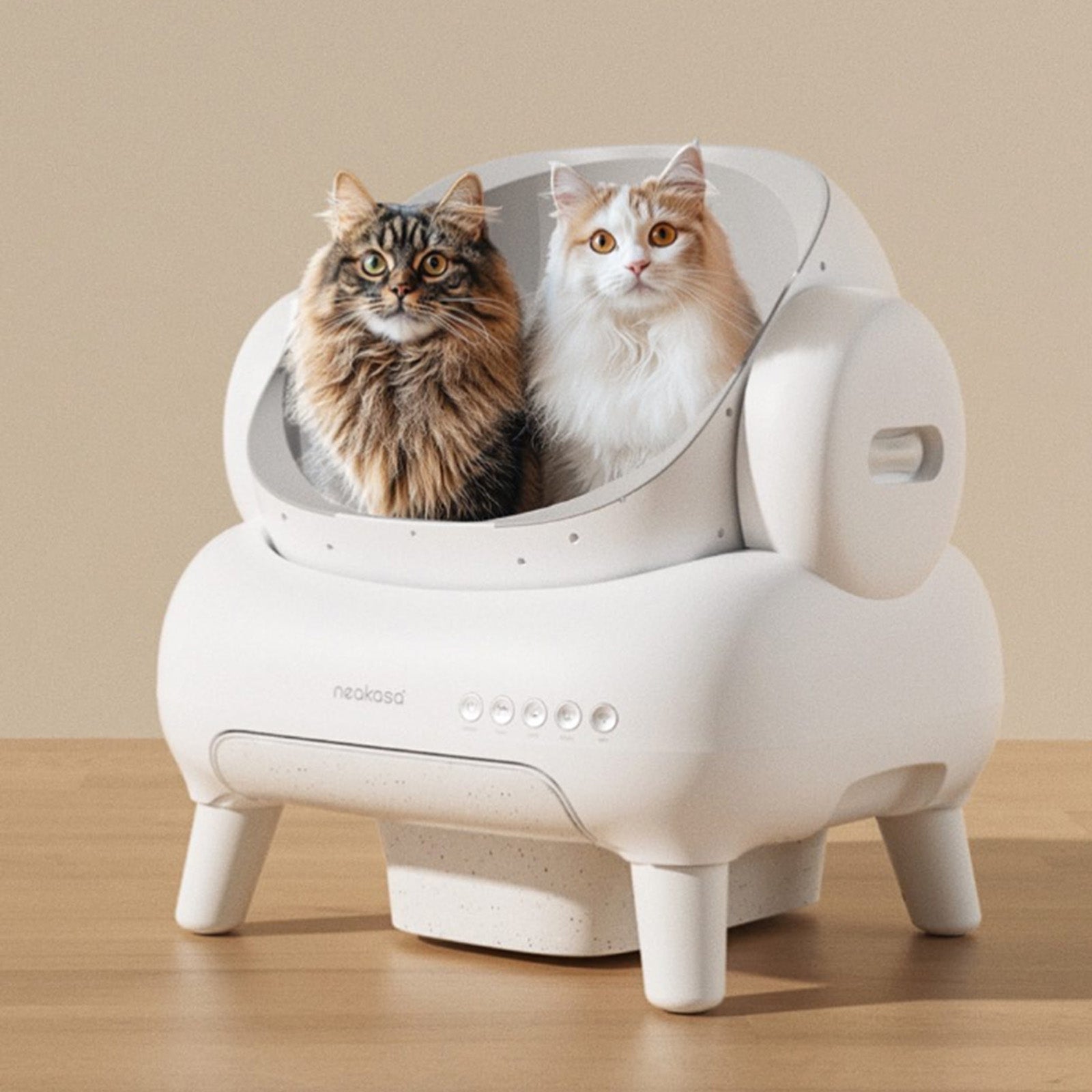
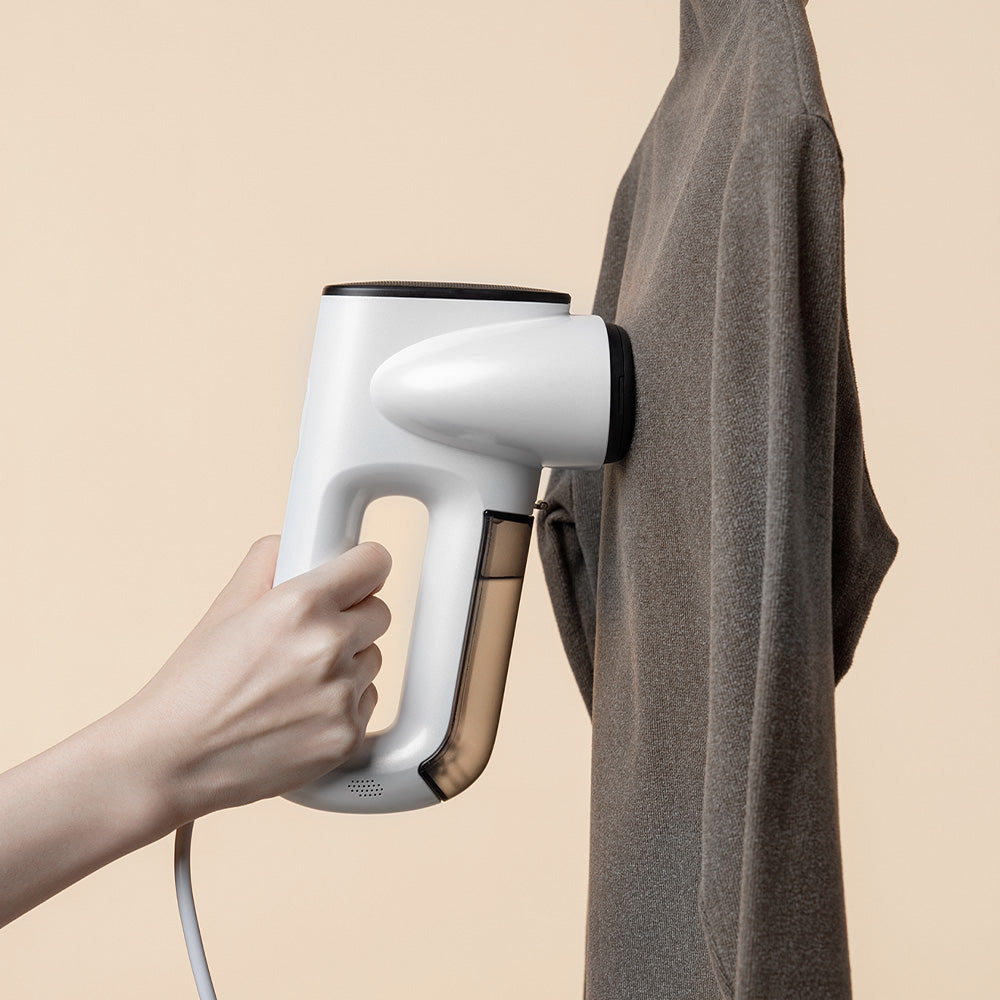
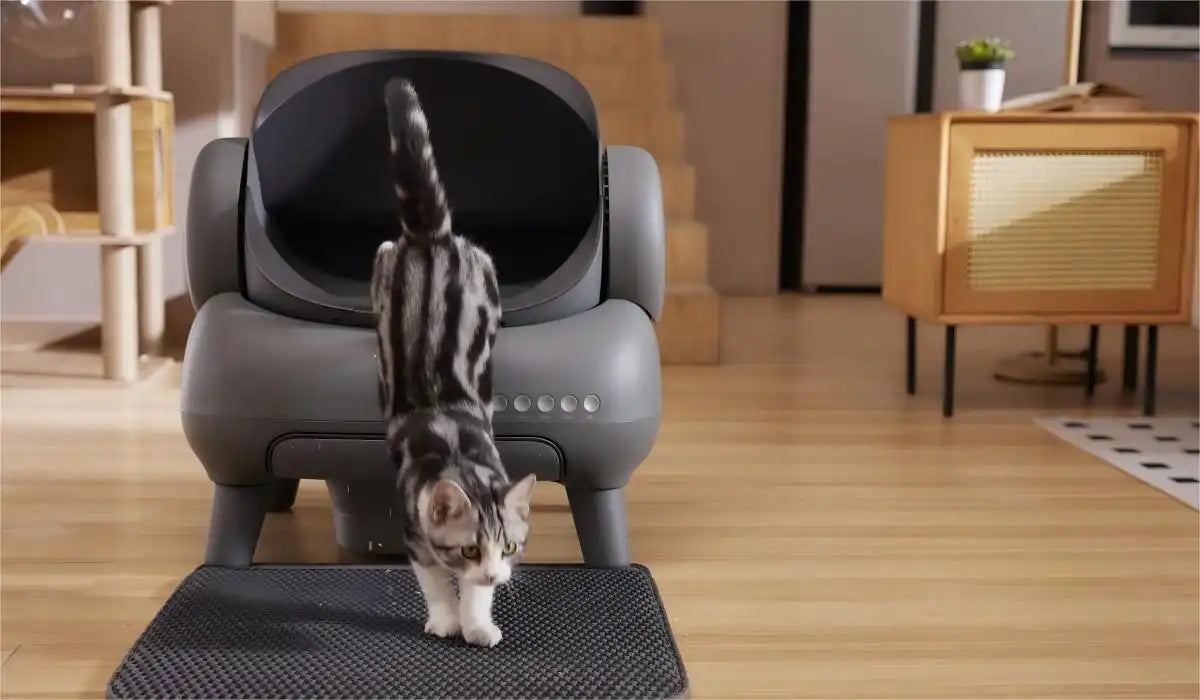


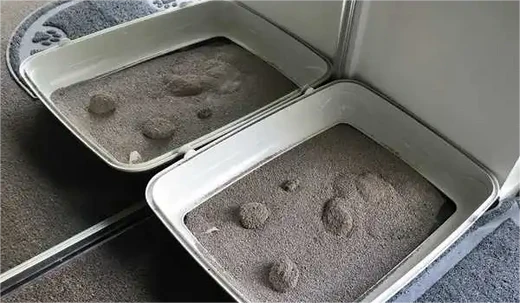
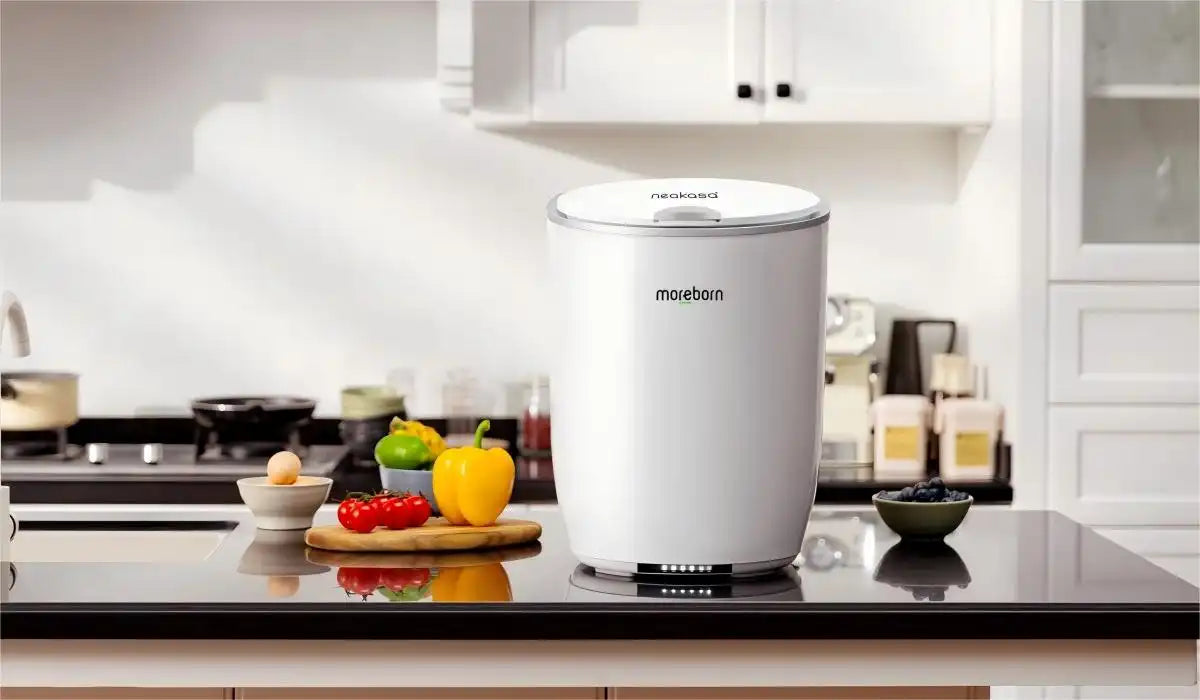
Leave a comment
This site is protected by hCaptcha and the hCaptcha Privacy Policy and Terms of Service apply.